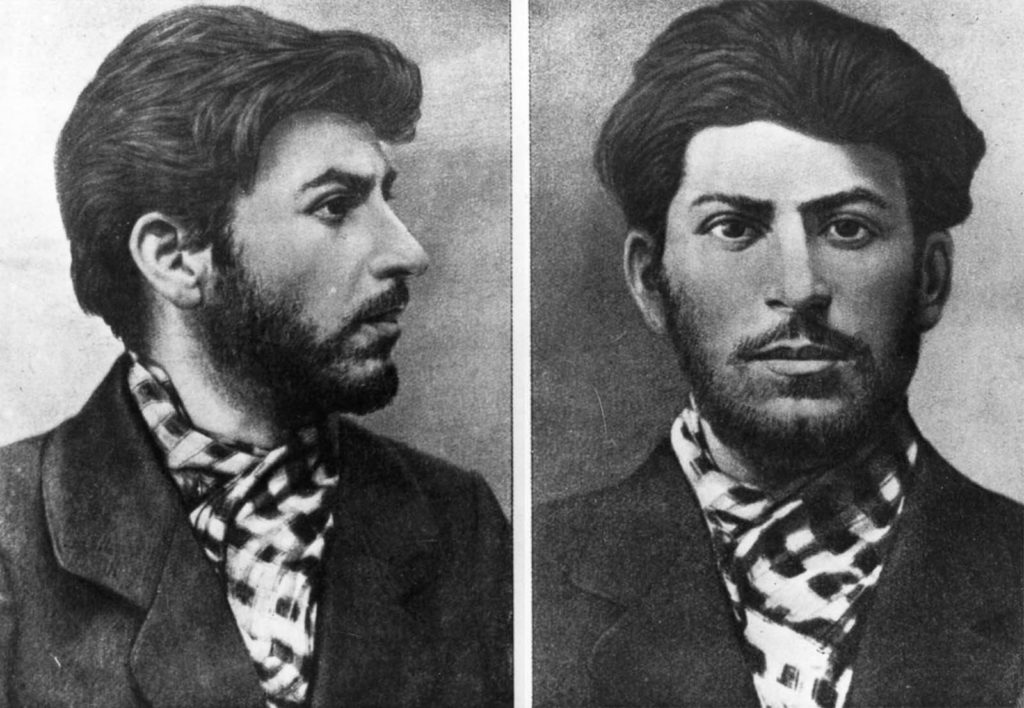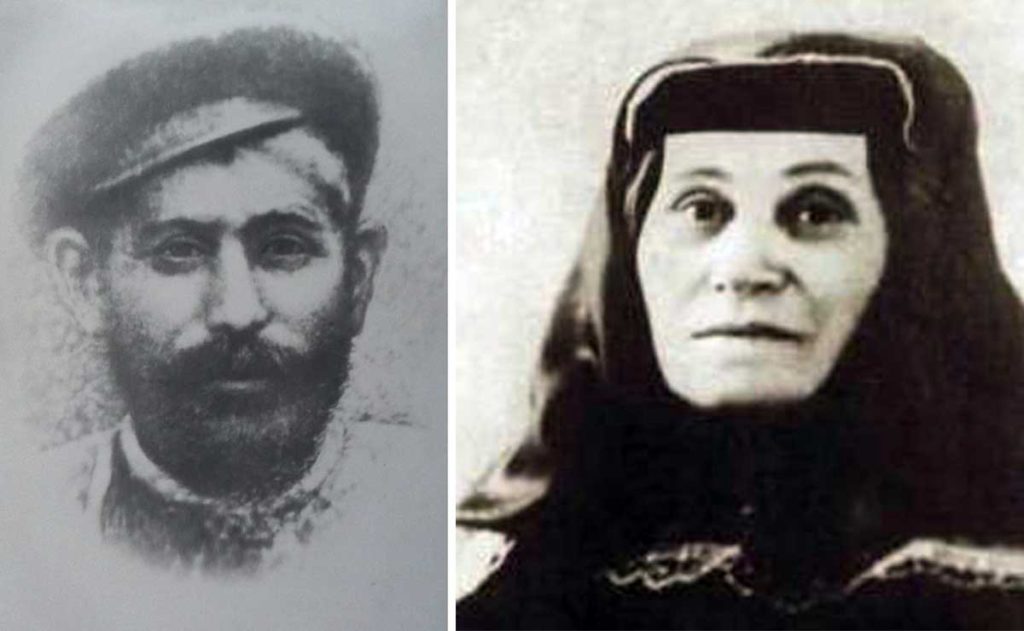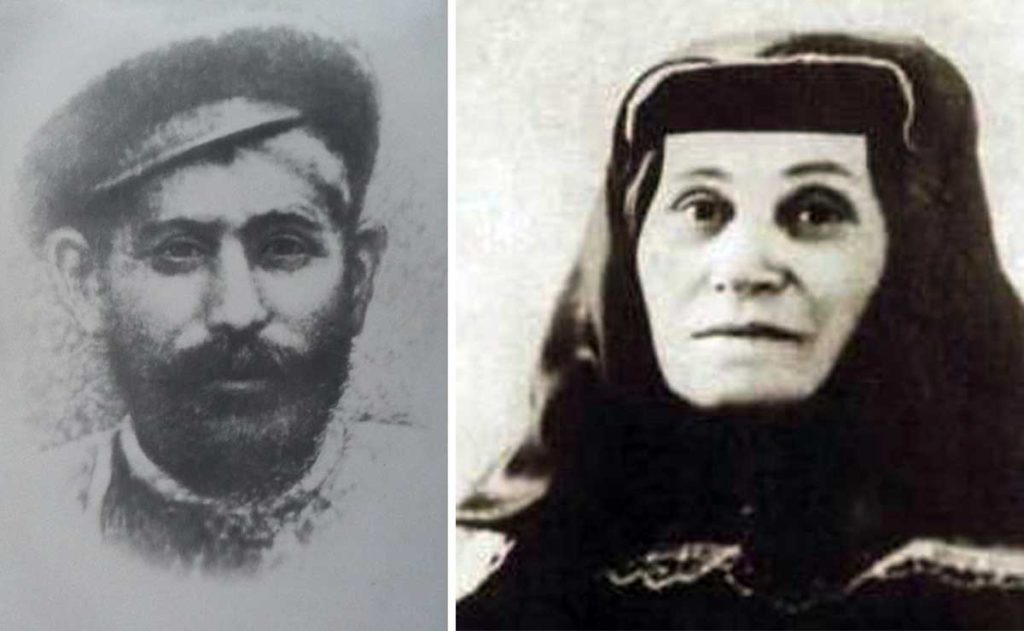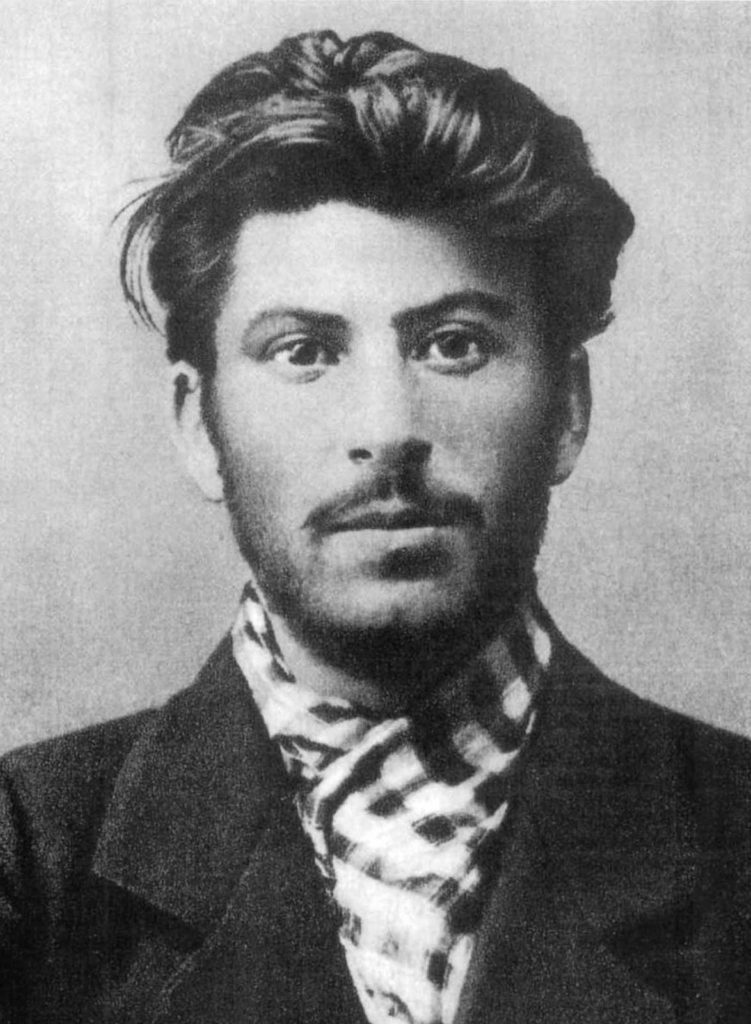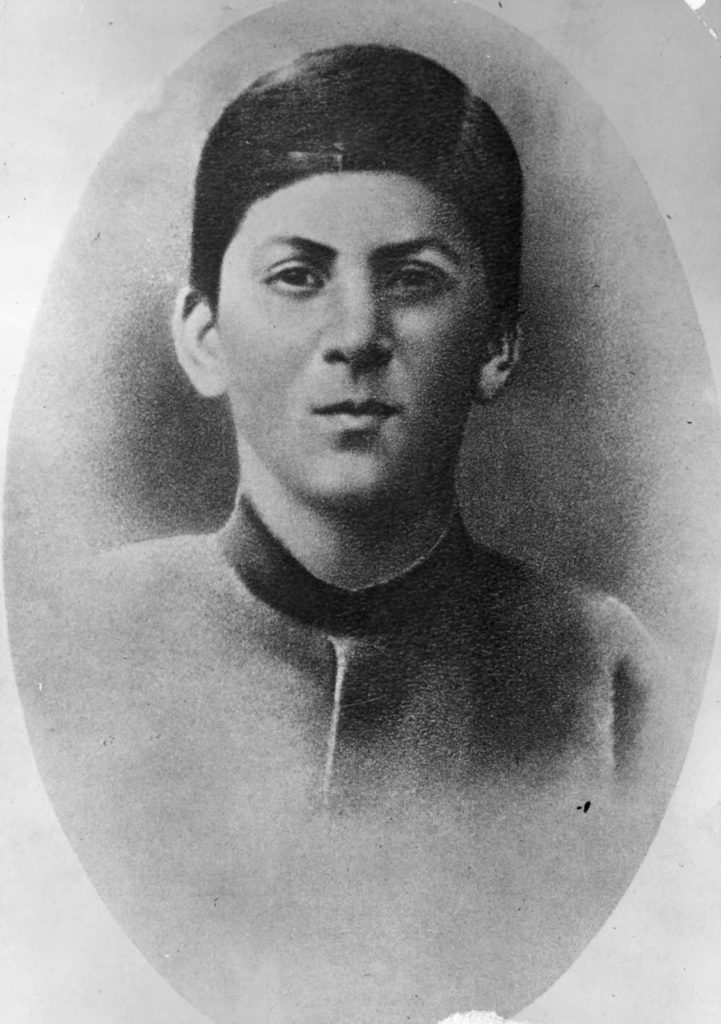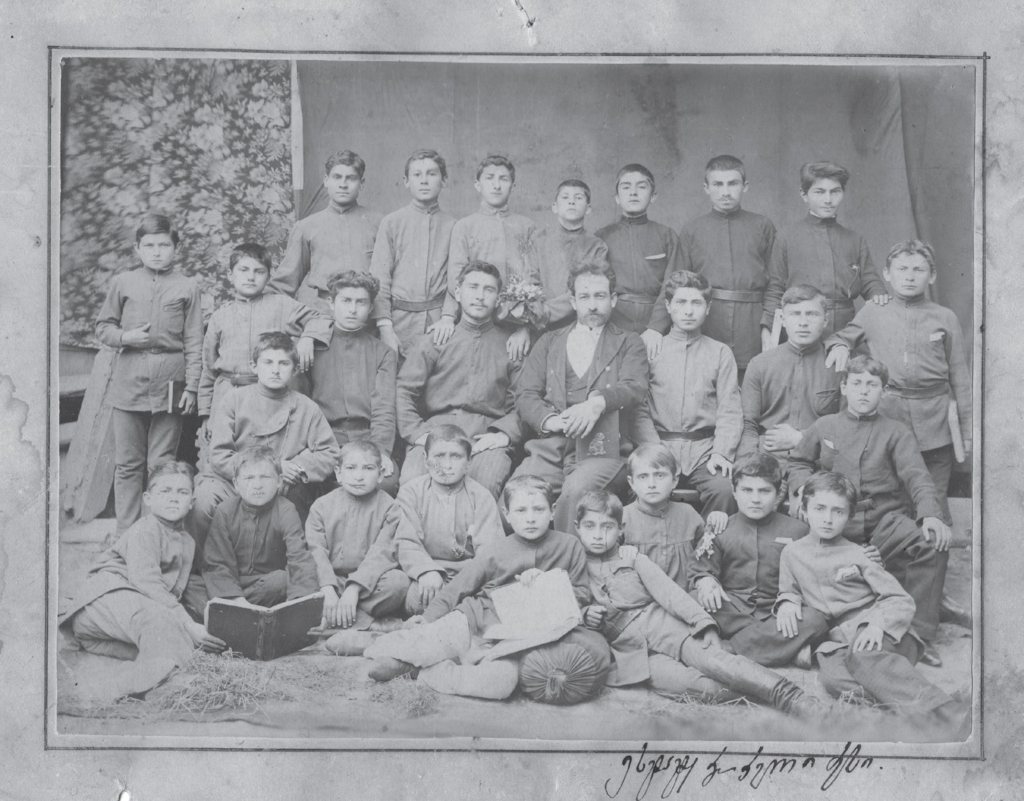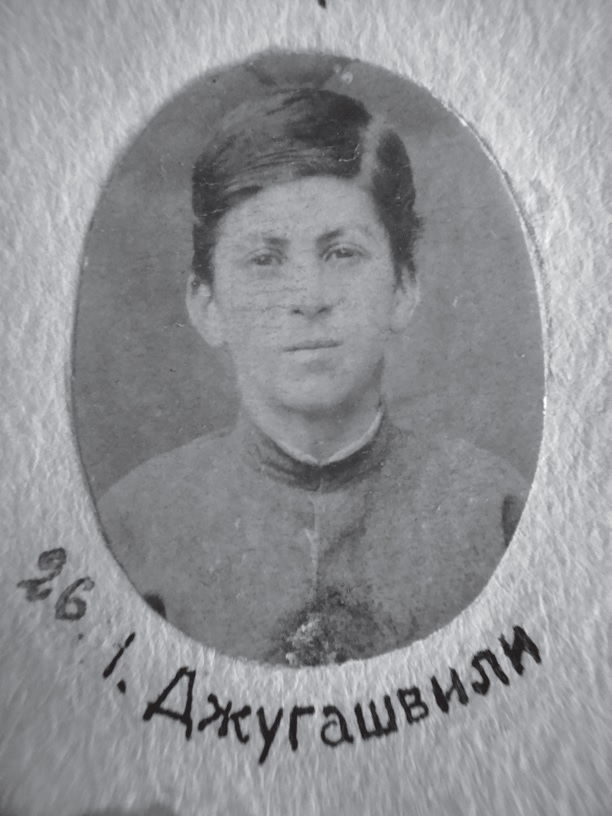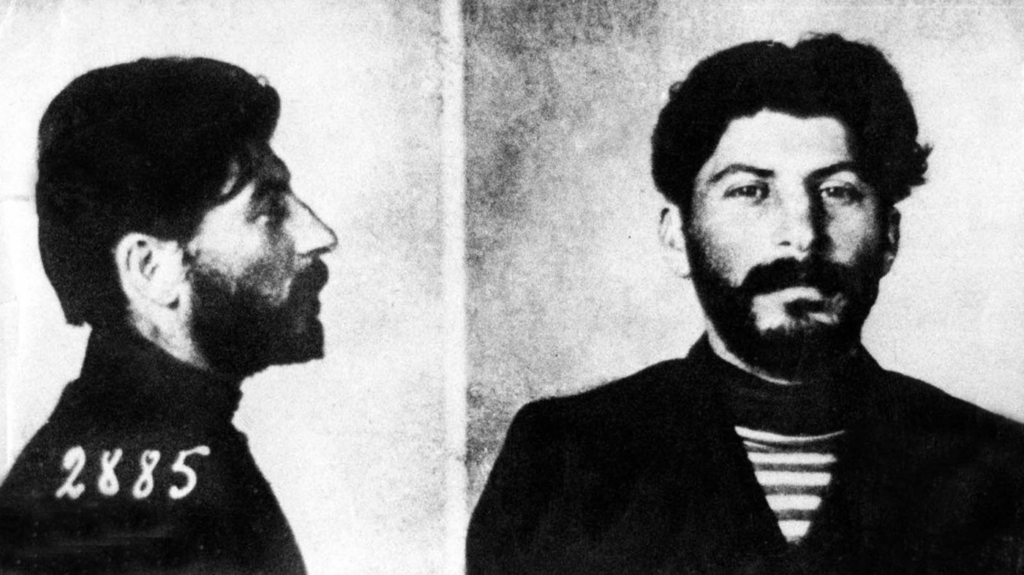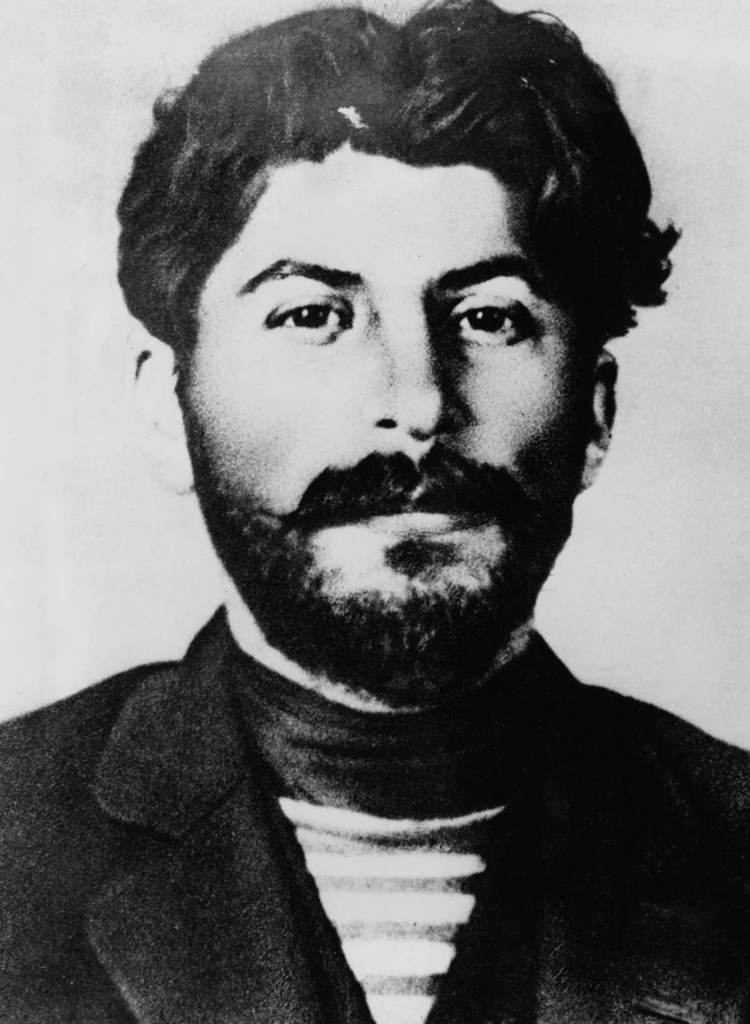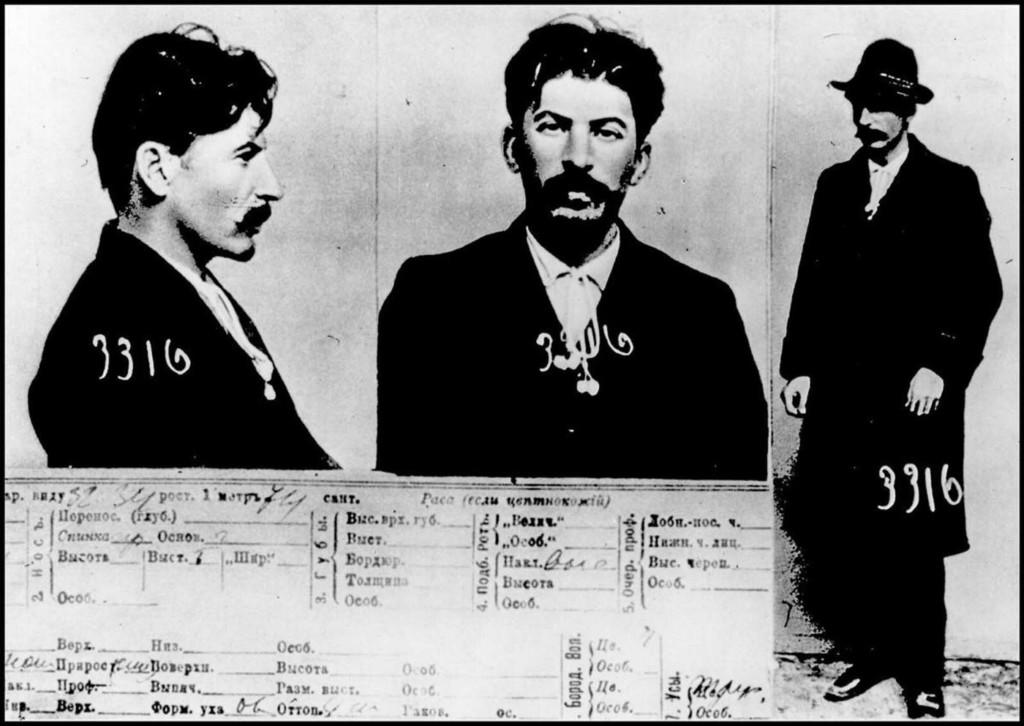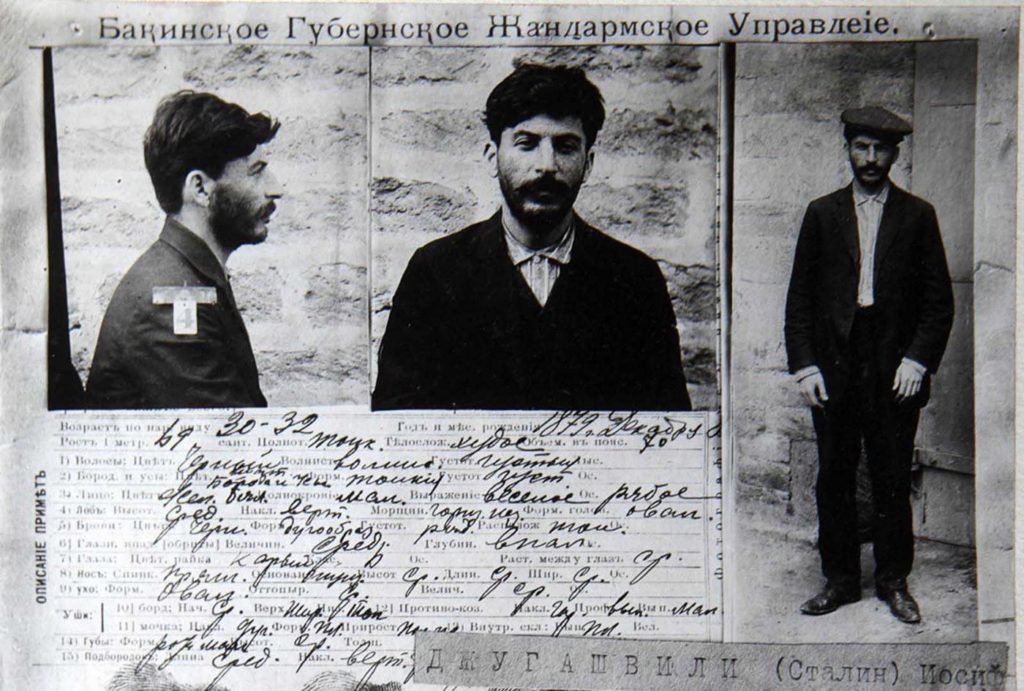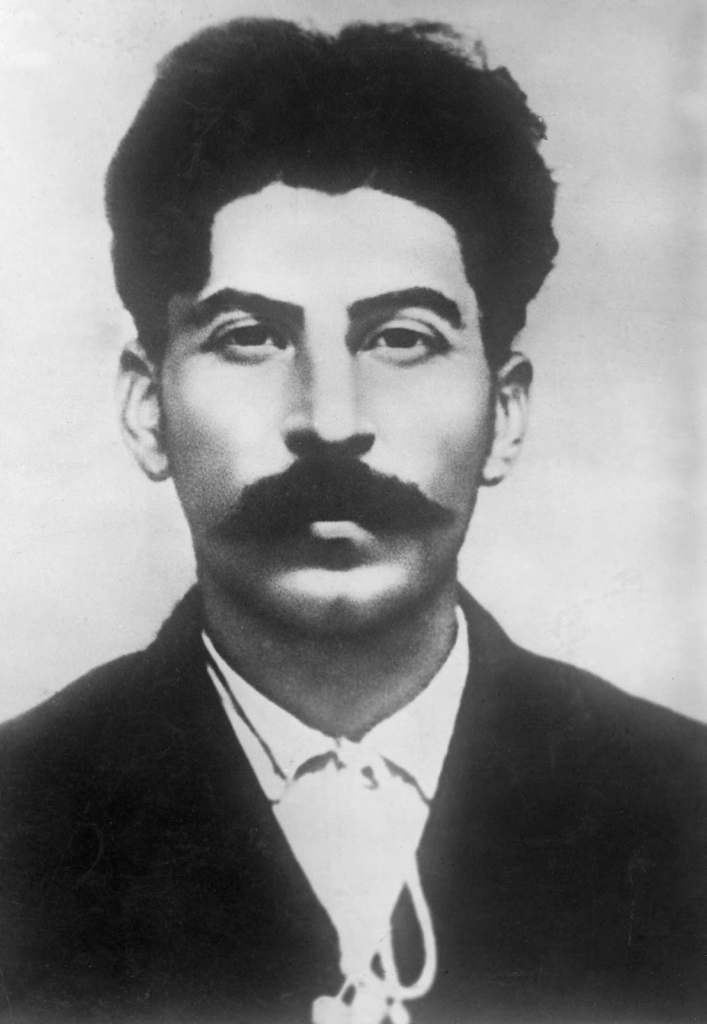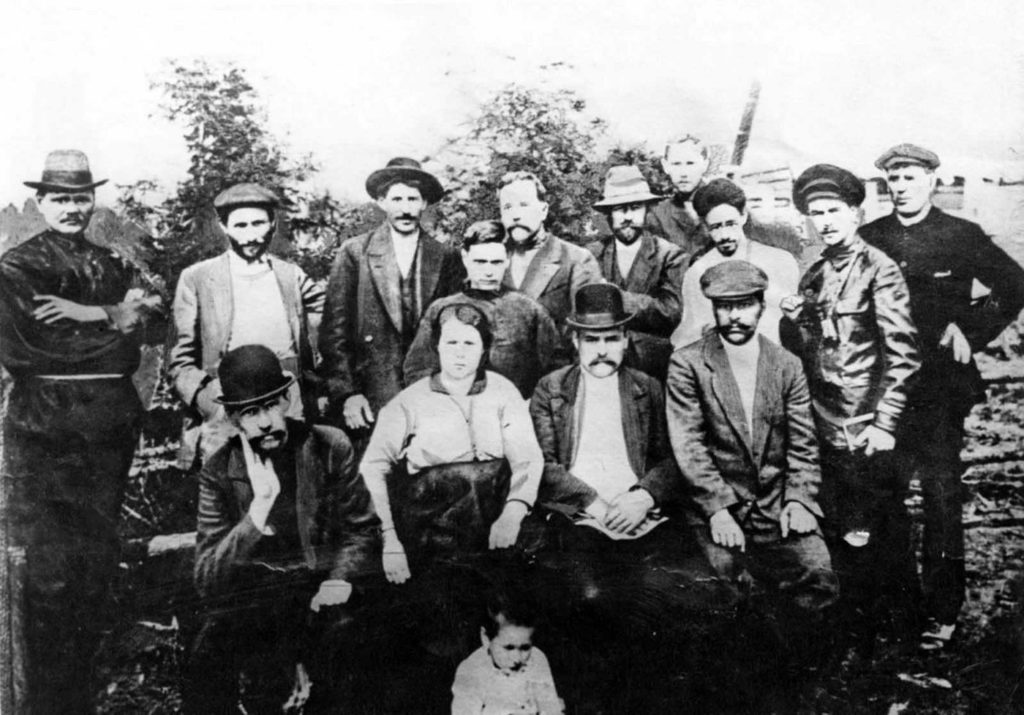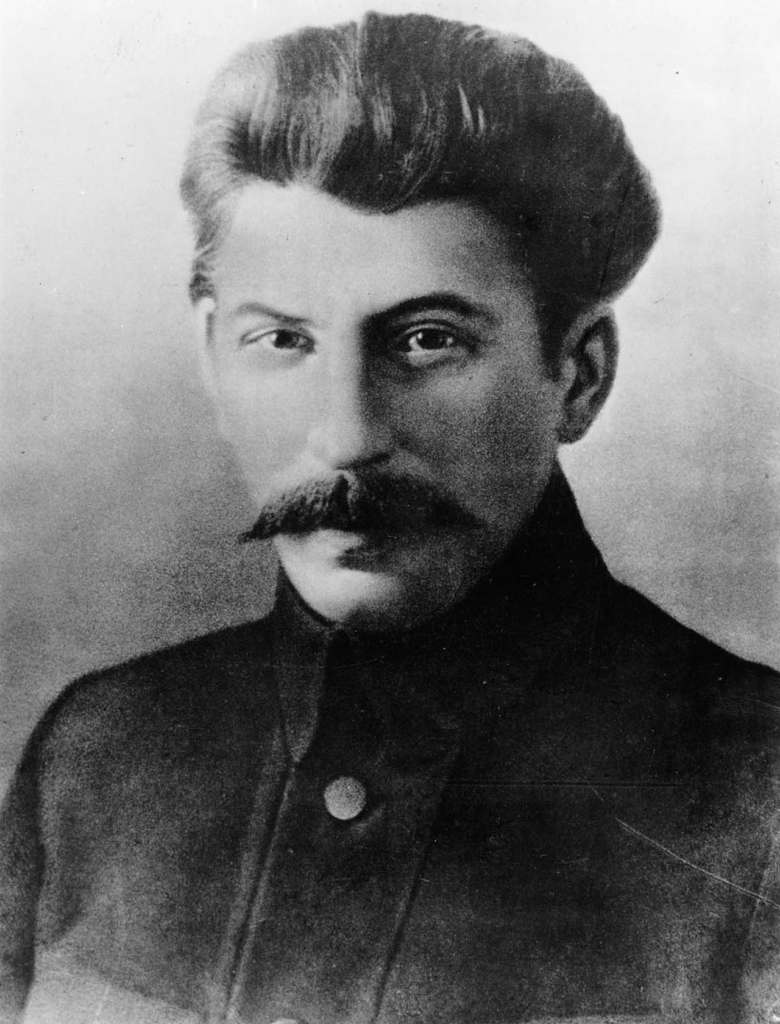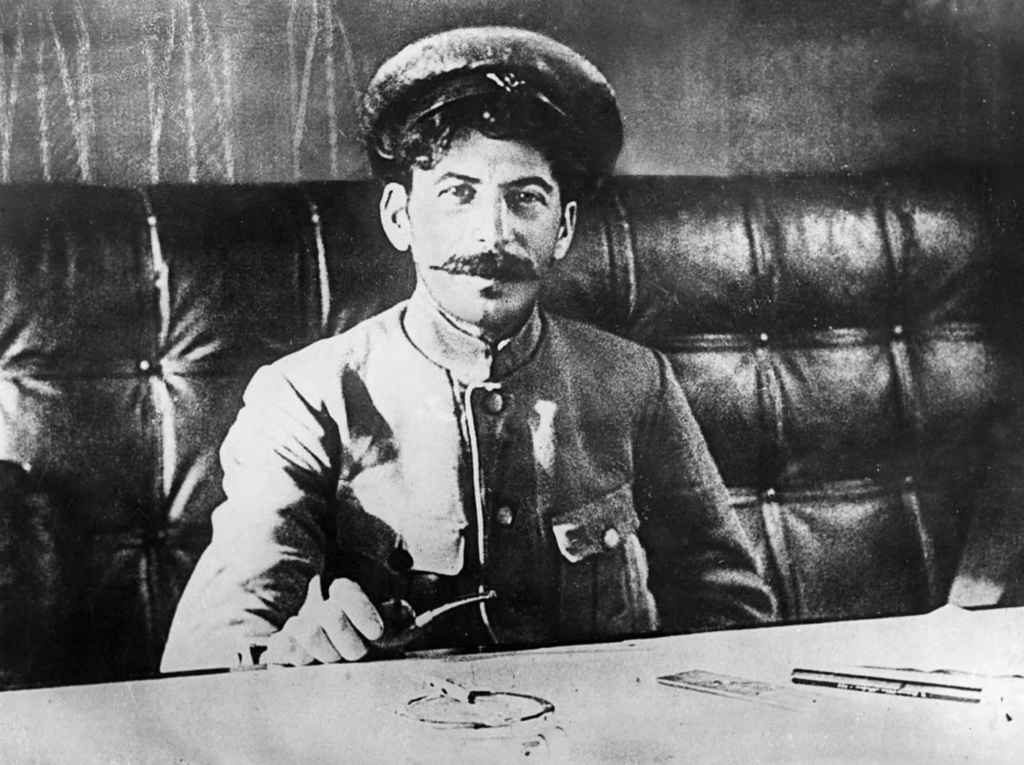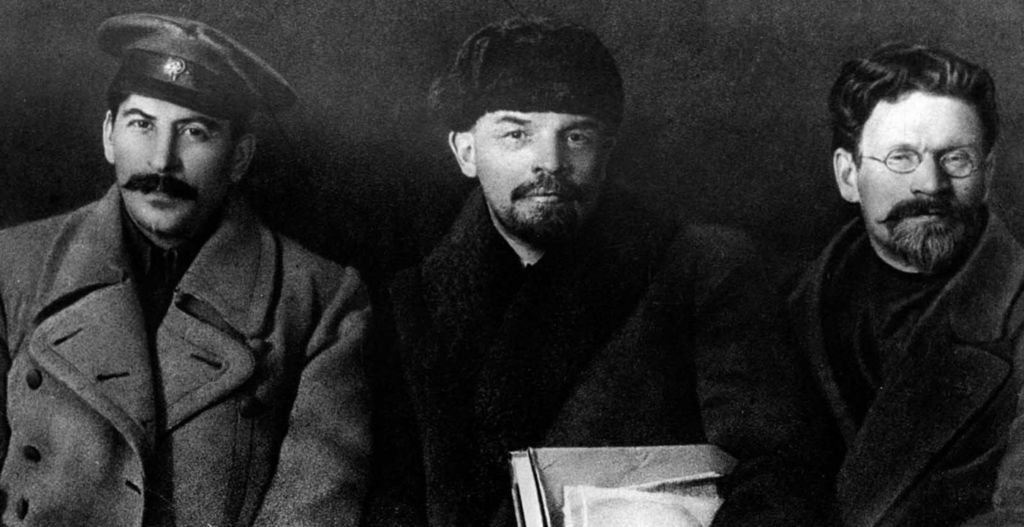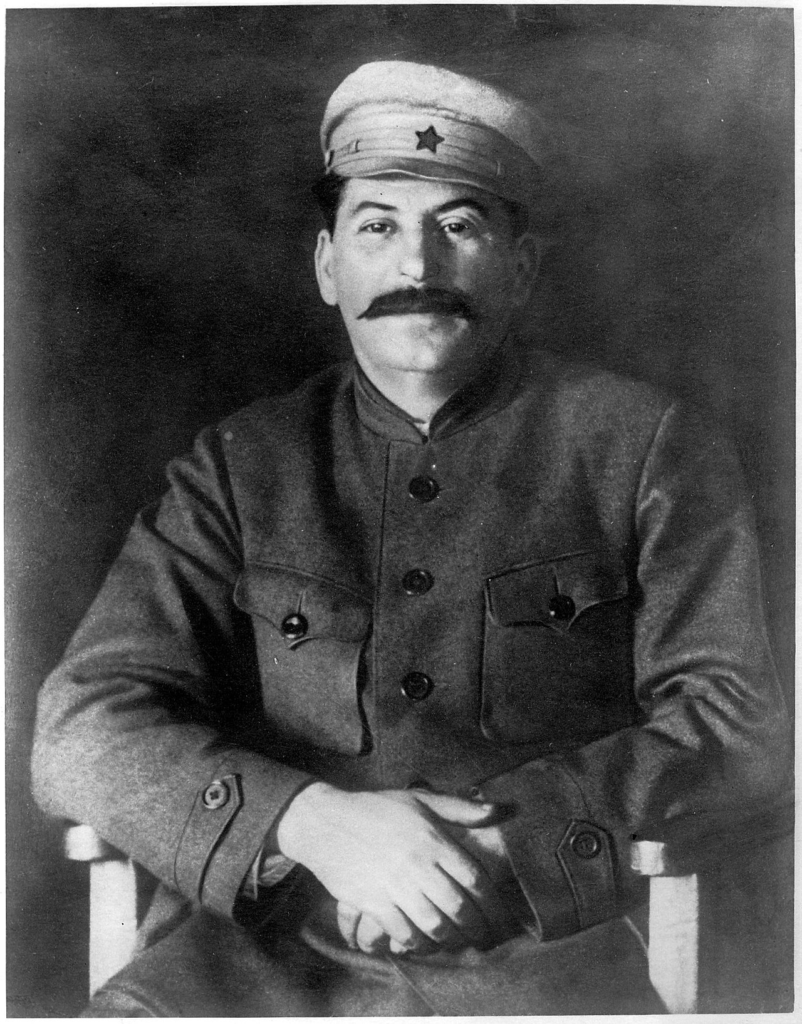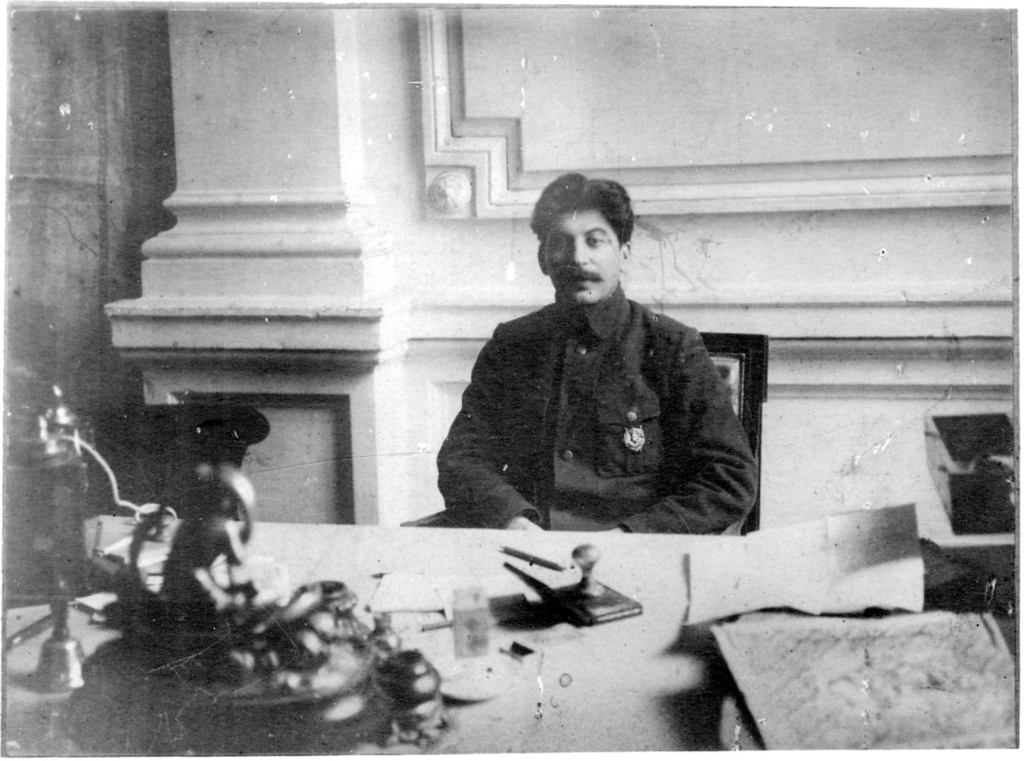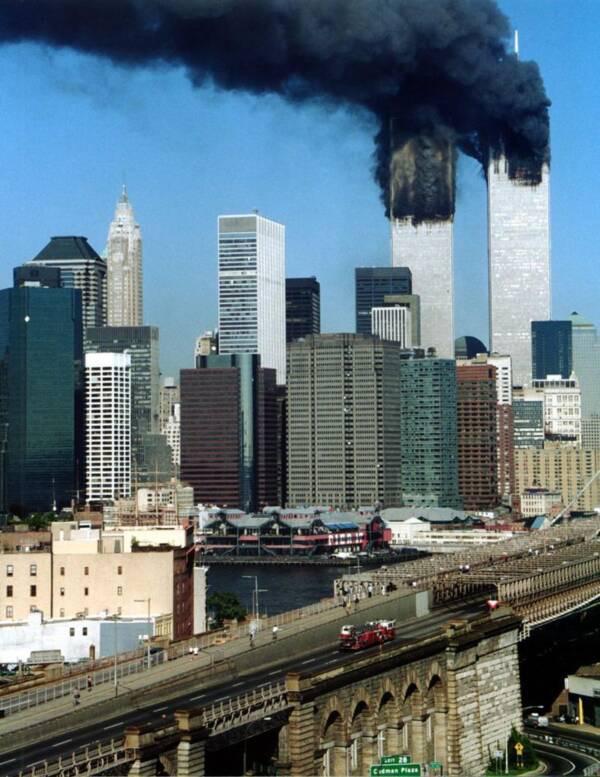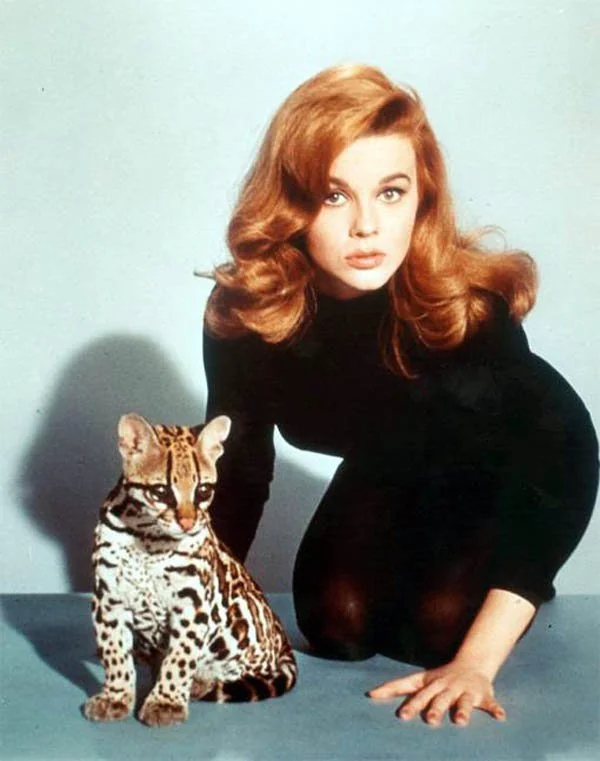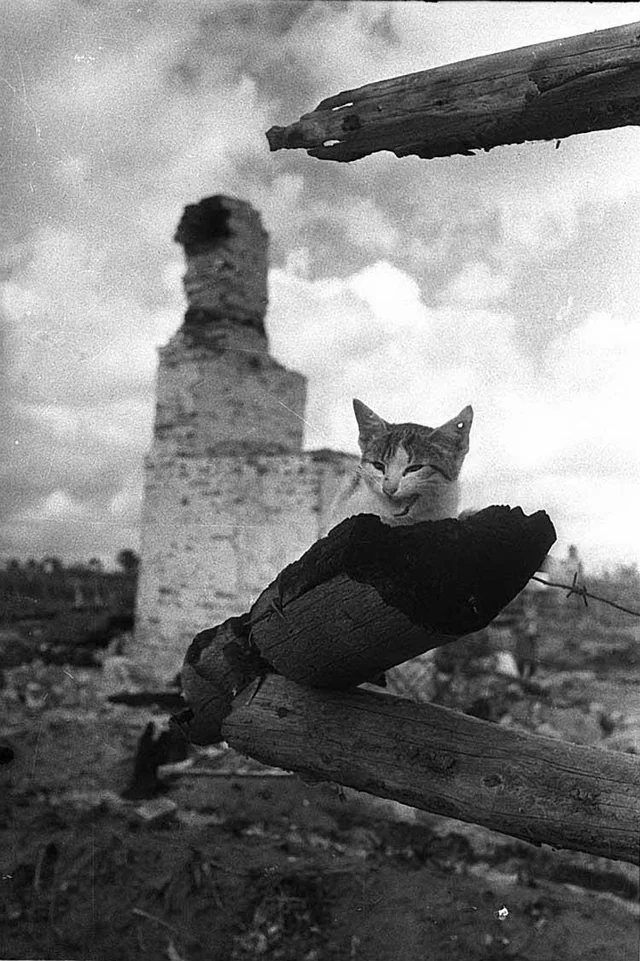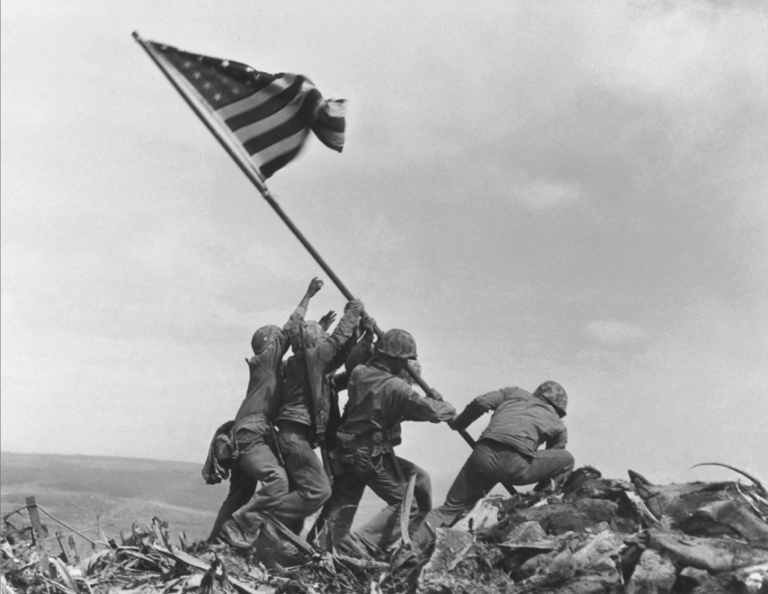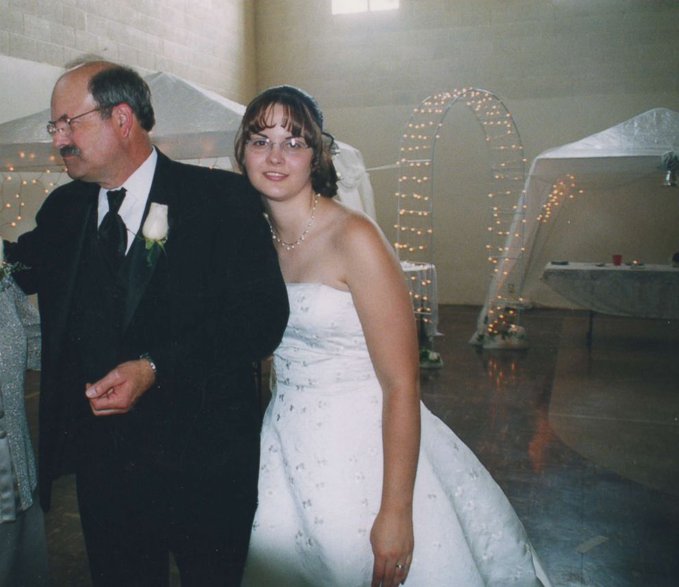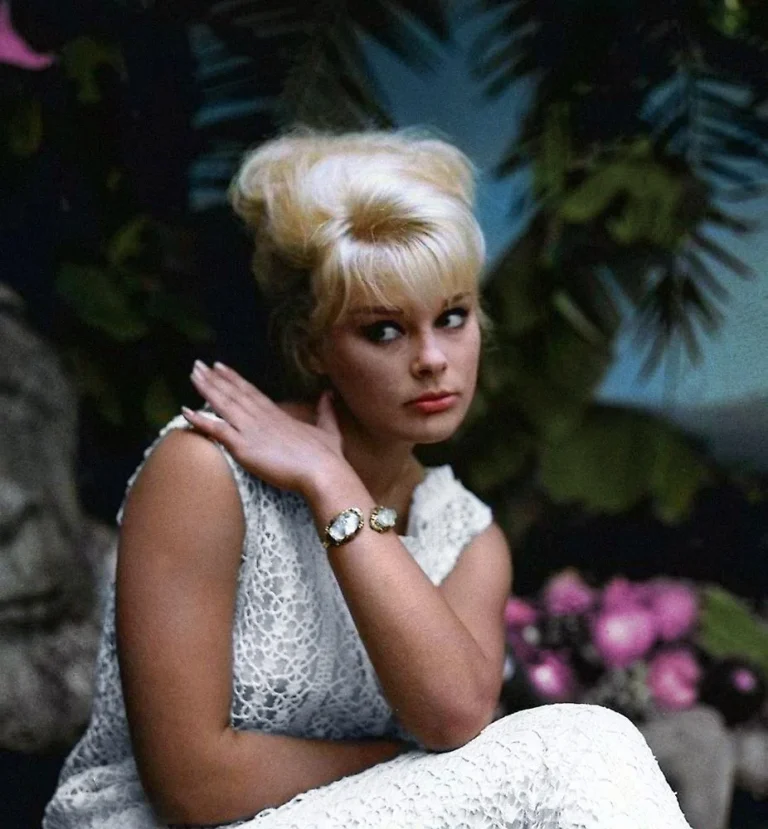Photos of a Young Joseph Stalin, 1878-1921
Introduction to Young Joseph Stalin
The journey of Joseph Stalin from a young boy in Georgia to one of the most powerful leaders in Soviet history is a fascinating tale steeped in both complexity and contradiction. This article explores the early years of Stalin’s life through a collection of historic photographs that reveal not just his physical transformation but also the formative experiences that shaped his ideology and political ambitions.
Early Life and Background
Birth and Family Background
Joseph Vissarionovich Dzhugashvili, known to the world as Joseph Stalin, was born on December 18, 1878, in the small town of Gori, Georgia. The son of a cobbler and a domestic servant, Stalin’s early life was marked by poverty and struggle. His family faced numerous hardships, which influenced his worldview and later political beliefs.
“Stalin’s early experiences with hardship fostered a sense of resilience that would define his character.”
Stalin’s mother, Kato Svanidze, was particularly influential in his early life, instilling in him a desire for education and a strong work ethic. Despite his tumultuous upbringing, he excelled in school, demonstrating a keen intellect that would serve him well in his later political career.
Education and Early Influences
Stalin attended the Gori Religious School and later moved to the Tiflis Theological Seminary. It was here that he began to embrace revolutionary ideas, drawn to the writings of Marx and Engels. The rigorous environment of the seminary not only educated him but also exposed him to the burgeoning revolutionary sentiments in Georgia and Russia.
- Key Influences:
- The Social Democratic Movement: Stalin’s involvement in this movement began in the late 1890s, where he joined the Bolshevik faction led by Vladimir Lenin.
- Friendships and Collaborations: His relationships with fellow revolutionaries shaped his political ideology. These interactions are captured in many photographs from this period, highlighting the camaraderie and passion of young revolutionaries.
The Formative Years: 1890s
Early Political Engagement
As he transitioned into adulthood, Stalin’s political activism intensified. He adopted the pseudonym “Stalin,” meaning “man of steel,” symbolizing his newfound resolve and commitment to the revolutionary cause. His early involvement in underground activities, including bank robberies and strikes, showcased his determination to fund and support the revolutionary movement.
Photographic Evidence: Many of the available images from this period depict a young, fiery Stalin, often engaged in discussions or leading rallies, which provides a visual context to his growing influence.
Personal Life: Relationships and Friendships
During this time, Stalin developed close ties with notable figures in the Bolshevik party, such as Leon Trotsky and Felix Dzerzhinsky. Their interactions often resulted in powerful imagery that captured the essence of their struggle against the Tsarist regime.
- Relationships: Stalin’s romantic entanglements also began in this era. His marriage to Kato Svanidze in 1906 was marked by passion but was short-lived due to her untimely death. This personal loss profoundly affected Stalin and is reflected in his later policies and emotional demeanor.
“Stalin’s relationships, both personal and political, provided a complex backdrop to his development as a leader.”
Photos from the Young Stalin Era
Iconic Images of Young Stalin
The photographs of a young Stalin serve as crucial historical documents. They capture not only his physical evolution but also his political persona. From serious, contemplative looks to vibrant, animated expressions during revolutionary meetings, these images tell a story of a man who was both a product of his time and a significant influence on future events.
Analyzing the Context of These Photos
Each photograph provides insight into Stalin’s character and the turbulent era in which he lived.
- Social Context: The images often reflect the socio-political climate of early 20th-century Russia, showcasing the fervor of the revolutionary spirit.
- Symbolism: The settings of these photos—whether in a crowded meeting hall or amidst revolutionary rallies—underscore the urgency of their cause and Stalin’s commitment to it.
By examining these images, we can glean an understanding of how Stalin’s youth shaped his later policies and governance styles.
Stalin’s Role in Revolutionary Movements
Participation in the Bolshevik Revolution
As a leading figure in the Bolshevik Revolution of 1917, Stalin’s earlier years were critical in defining his approach to leadership. The photos from this period illustrate his increasing prominence within the party and the trust placed in him by Lenin.
- Documented Events: Historical photographs from this time capture pivotal moments, such as the October Revolution, revealing Stalin’s central role in orchestrating the Bolsheviks’ takeover.
Images Reflecting Political Engagement
Stalin’s early photographs also depict him in various capacities—organizing meetings, addressing crowds, and strategizing with fellow leaders. Each image provides a glimpse into his growing influence and the trust placed in him by other revolutionaries.
“These images are not just pictures; they are windows into the past that reveal the dynamics of power, struggle, and ambition.”
The early years of Joseph Stalin, captured through a series of poignant photographs, provide a fascinating insight into the man who would become one of history’s most notorious leaders. His childhood, education, and early political engagement all played a significant role in shaping his ideology and approach to governance. As we reflect on these images, we begin to understand the complexities of his character and the pivotal moments that led to his rise in power.
References
